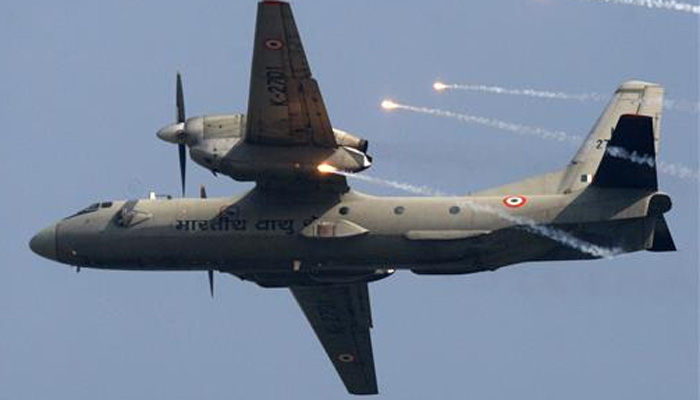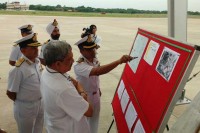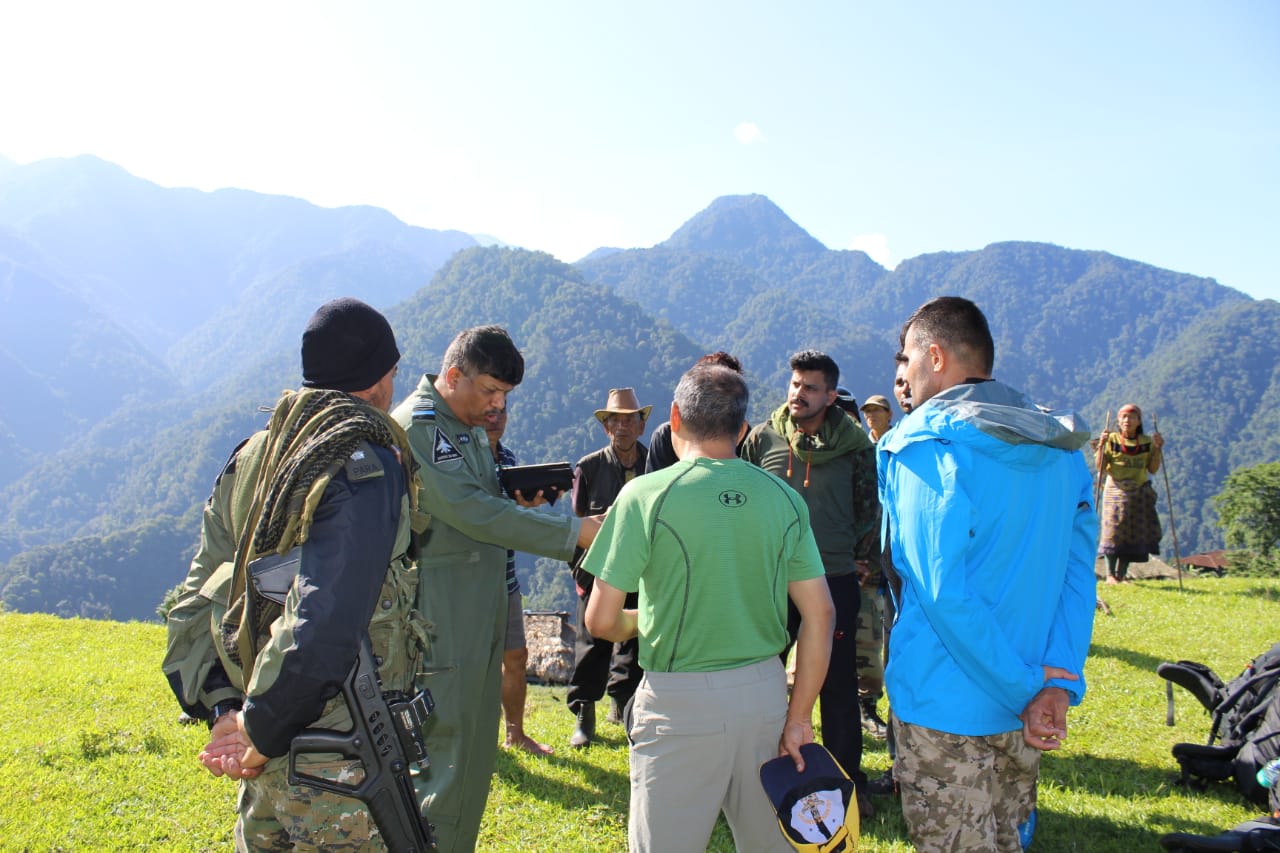
When an Air Force transport plane, an AN-32, took off from Chennai 11 days ago on a flight to Port Blair, it was not carrying essential equipment that would have helped locate it in the event of a crash at sea.
NDTV has learned that the black box of the Indian Air Force An-32, which had 29 people onboard, was not fitted with an underwater locator beacon making a search operation for wreckage of the aircraft extremely difficult.
The underwater locator beacon is designed to emit an electronic signal at a particular frequency for at least a month after it is automatically activated during a crash and is used on all civilian aircraft.
The lack of this basic kit raises serious questions on why the Indian Air Force was operating an aircraft over maritime areas without installing systems which would have allowed wreckage to have been located underwater in the event of such a crash. NDTV has now learned that the IAF was actually in the process of testing underwater locator transmitter on its fleet of An-32s and has now decided to immediately install these units on all An-32s which it operates over water.
What the An-32 which went down was fitted with were two types of emergency locator transmitters or ELTs, designed to send out digitally encoded pings to be picked up by satellites which can then triangulate the position of the plane to within 1 nautical mile. The ELTs activate when the plane hits land or water with force in a pre-assigned range. However, these only function on the surface of water for a period of 70 hours after which their batteries die out. They also cease transmitting a distress signal if they sank.
In addition to the systems described, the AN-32 was fitted with four life rafts, each fitted with a single Personal Locator Beacon (PLB) which would transmit if it came in contact with water. However, these systems are designed to operate on the surface of the sea and assuming passengers and crew on the aircraft were able to board the life-rafts in the event of an emergency water landing. It is unclear if the PLBs would be able to broadcast a signal of any worthwhile strength from deep underwater. It is also unclear how long their batteries would last.
In the absence of an underwater locator beacon, search specialists on ships and submarines will now try to detect the wreckage underwater by going active on their sonar consoles, in other words, radiating a strong sonar (sound) signal which would reflect off any metallic object underwater revealing its position. But this is a long and arduous process comparable to pointing a flash light on a dark night in the middle of a jungle in the hope that you end up spotting something.
In the case of the AF-447, the Air France jetliner which crashed off the coast of Brazil in 2009, it took investigators two years using this method before they could detect the bulk of the debris of the aircraft in which 228 people lost their lives.






Leave a Reply
You must be logged in to post a comment.